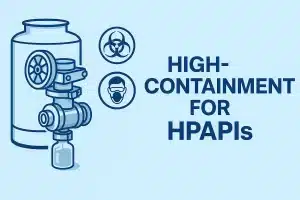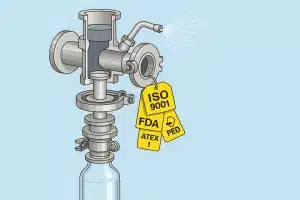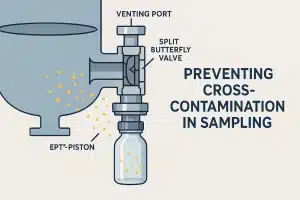In the expansive realm of industrial processes, sampling valve stand as indispensable instruments, guaranteeing precision, accuracy, and reliability.
However, amidst this domain, misconceptions often obscure the true understanding of these vital components.
This blog aims to dispel common myths surrounding sampling valves, illuminating the stark disparity between misconceptions and the genuine realities that govern their optimal utilization.
Sampling Valves
-
All Sampling Valves Are Identical
Myth: A prevailing notion suggests that all sampling valves are uniform in nature.
Reality: In actuality, sampling valves encompass a spectrum of types, each meticulously crafted to cater to specific applications. Variables such as fluid type, pressure dynamics, and intended industrial use dictate the selection of appropriate valves.
Wikipedia’s information about these product.
-
Sampling Valves Invariably Cause Contamination:
Myth: Concerns linger regarding the potential introduction of contaminants into processes through sampling valves.
Reality: When engineered and maintained with care, sampling valves can be fabricated from materials resistant to corrosion, tailored for sanitary applications. Additionally, Clean-in-Place (CIP) features facilitate thorough cleansing, mitigating contamination risks.
-
Sampling Valves Are Maintenance-Free
Myth: A widespread misconception posits that sampling valves necessitate no upkeep.
Reality: Similar to any mechanical component, sampling valves thrive with routine inspection and maintenance. This entails leak checks, functional verifications, and, if warranted, part replacements.
-
Sampling Valves Invariably Result in Product Loss
Myth: There exists a misconception that sampling valves inherently lead to product wastage during sampling procedures.
Reality: Through meticulous design and execution, contemporary sampling valves can minimize product loss. Techniques such as closed-loop sampling and purge sampling effectively curtail waste, enabling precise sampling with minimal product loss.
-
Sampling Valves Solely Cater to Liquid Samples
Myth: Some subscribe to the belief that sampling valves are exclusively tailored for liquid samples.
Reality: Contrary to this notion, sampling valves exhibit versatility, accommodating gases, powders, and dense substances alike. The crux lies in selecting the appropriate sampling valve engineered to handle the distinct characteristics of the sampled material.
-
Sampling Valves Compromise System Integrity
Myth: An erroneous belief persists that the integration of sampling valves jeopardizes the integrity of entire systems.
Reality: Through meticulous integration and upkeep, sampling valves seamlessly integrate into existing systems without compromising overall integrity. Rigorous adherence to installation protocols and industry standards is paramount for preserving system reliability.
-
All Sampling Valves Command Exorbitant Prices
Myth: Concerns over costs often fuel the myth that all sampling valves come with prohibitive price tags.
Reality: The pricing of sampling valves varies based on factors such as material composition, design intricacy, and specific application demands.
While premium, specialized valves may entail higher initial costs, they often deliver long-term cost-effectiveness through dependable performance and reduced maintenance requirements.
Learn more about our products.
Conclusion
Unraveling these prevalent myths surrounding sampling valves is imperative for cultivating a nuanced comprehension of their optimal deployment in industrial processes.
Distinguishing between myths and realities empowers informed decision-making, facilitating the efficient utilization of these indispensable tools across diverse settings where precision and reliability reign supreme.
Contact us for explanation about our services





